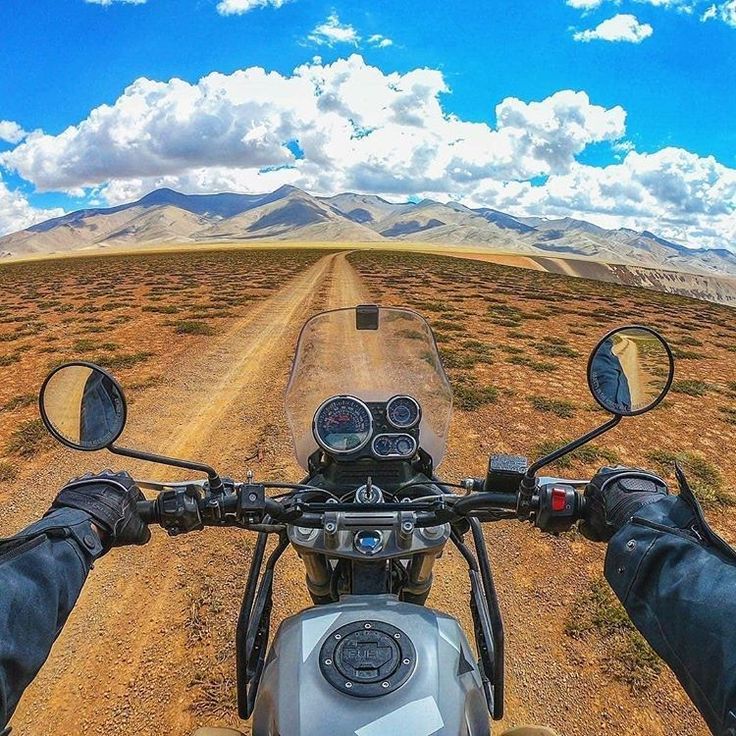Things you should know before Riding into wheels to Explore Ladakh
1. Best Time to Go
- June to September is ideal for biking, as the weather is relatively mild, and most routes are open. Winter months bring heavy snow, making roads impassable.
2. Choose the Right Bike
- Popular bikes include Royal Enfield (350cc or 500cc) for their power and stability. Other good options are Bajaj Pulsar, KTM Duke, or Hero Xpulse. If renting, always test the bike for a comfortable fit and check its condition.
3. Physical and Mental Preparation
- High-altitude biking is demanding. Train for stamina, core strength, and flexibility. Mental endurance is also key for handling tough terrains and sudden challenges.
4. Acclimatization is Essential
- Ladakh’s high altitude (often over 11,000 feet) can cause altitude sickness. Spend 1–2 days in Leh before starting your journey to allow your body to adjust.
5. Pack for All Weather
- Weather in Ladakh changes quickly. Bring layers, waterproof clothing, a high-quality jacket, gloves, and durable boots. Carry a rain cover for both yourself and your bike.
6. Know the Key Routes
- Popular routes include:
- Leh to Khardung La Pass: One of the highest motorable roads.
- Leh to Pangong Lake: Offers panoramic views but requires crossing challenging passes.
- Leh to Tso Moriri: Less crowded, with pristine beauty.
- Leh-Manali Highway: Stunning, remote, and physically demanding.
7. Permits Are a Must
- Ladakh requires permits for several areas, especially Nubra Valley, Pangong Lake, and Tso Moriri. You can obtain these in Leh, but plan ahead to avoid delays.
8. Fuel Stations are Scarce
- Fuel stations are mostly in Leh and nearby towns. Nubra Valley has one station, but for Pangong and Tso Moriri, it’s wise to carry extra fuel in jerry cans, especially on long routes.
9. Road Conditions and Challenges
- Expect a mix of paved and rugged roads, with obstacles like gravel, mud, and water crossings. Khardung La, Chang La, and Tanglang La passes are challenging due to their rough conditions.
10. Safety and Essentials
- Carry a well-stocked first-aid kit, altitude sickness tablets, bike repair essentials, and GPS or a detailed map. Maintain a steady pace, stay hydrated, and ride within your limits.


